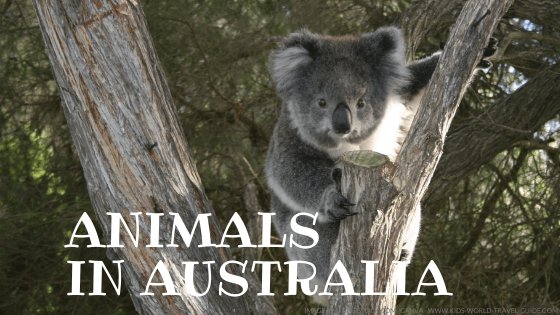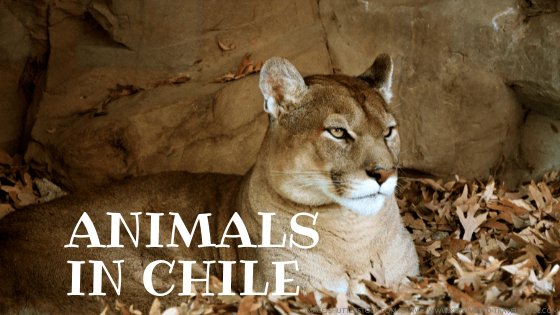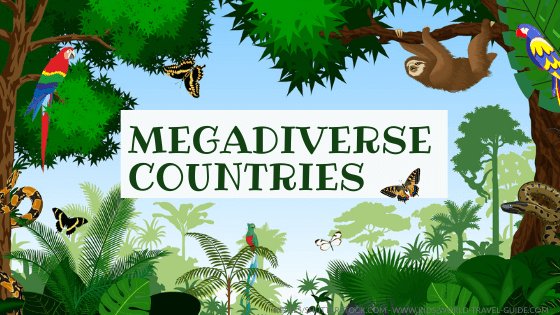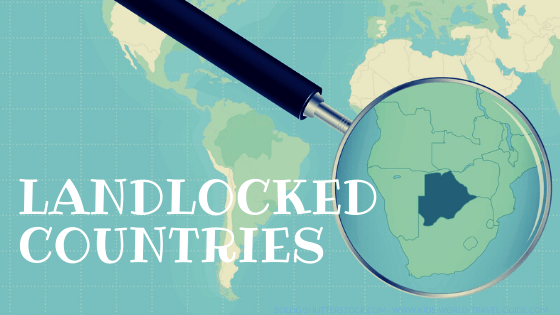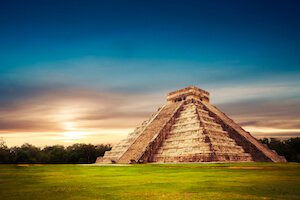- Homepage
- 7 Continents
- Animals around the world
Animals around the World
Animal Facts | Cool and Wild
Our guide to the most unique animals around the world will provide fascinating and fun facts on animals from around the world.

Here you will read about the most common and the most endangered animals as well as the most impressive wildlife of many different countries. And here you will learn some awesome animal facts to impress your family and friends.
Animals around the World
Facts for Kids
There are about 15 million animal species on our planet, and some say there are even many more! Only 2 million species are known or have been classified so far. Every year new species are discovered, described and named.
Africa is known as the continent with the most varied wildlife and the most animal species. If one considers countries, Indonesia on the Asian continent is referred to as the most biodiverse country of the world and has the largest number of mammal species on our planet. Australia on the other hand, is known for its variety of marine life and the highest number of fish species.
But let's start with some basic facts about the animal world:
Which animal species on which continent?
Here we will tell you about some animals that are native and unique to the different continents or that are commonly encountered there.
 Animals in Africa
|
 Animals in Asia
|
 Animals in Europe
|
 Animals in Oceania
|
 Animals in North America
|
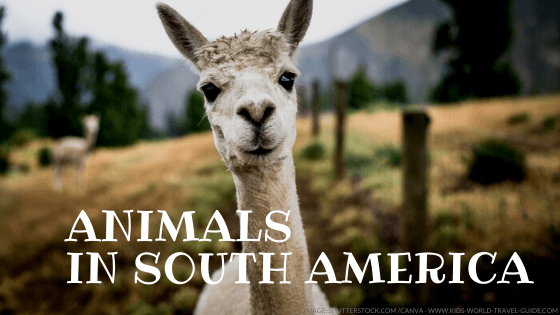 Animals in South America
|
KidsWorldTravels Country Guides: Animals in...
For our Country Guides see our special pages here:
Megadiverse Countries
There are 17 megadiverse countries around the world. These countries are so special because of the high biodiversity which means high number of their unique plant and animal species. Read more about megadiverse countries on our special page here:
We have chosen ten unique and fascinating animals and wildlife species and will explain a litte bit more about them here.
10 Fascinating Wild Animals
Bats: There are almost 1,000 different species of bats living around the world. The small flying mammals live on all continents except Antarctica.
Bats are mostly nocturnal animals that sleep during the day. They spend the day hanging up-side down in caves and trees and at night, they feed on insects and some species of smaller animals. Bats use echo waves from own ultrasonic squeals for orientation.
 Fruitbat
FruitbatDolphins: There are over 40 dolphin species in the world and dolphins can be found in every ocean region of this planet. Most dolphins, however, live in warm waters. The marine mammals travel in pods of up to 100 animals.
Dolphins sleep with one eye open to keep watch on predators. The intelligent animals are known to make a variety of noises to communicate between each other.
 Dolphins
DolphinsLeopards: These mammals are the most widely distributed 'big cat' species and are native to 35 African countries. Other animals of the big cat species are the tigers, lions, jaguars and the snow leopards.
Leopards can be found in many regions in Africa and on the Asian continent as well. The large carnivores have quite a variety of spotted pattern of their coats. The East African leopards have circular spots while the Southern African leopards have square spots!
A female leopard gives birth to a litter of two or three cubs and keeps them hidden until the are about two months old and start to roam freely.
 Leopard cubs
Leopard cubsPumas belong to the cat species and live mainly in the Americas. These large mammals are considered the animal with the most names in English. Depending on region, these big cats are called: cougar, mountain lion, deer tiger, ghost cat, panther or mountain screamer and many other names.
 Puma - image by Evgeniyqw/shutterstock.com
Puma - image by Evgeniyqw/shutterstock.comDragonfly: This flying insect has two strong transparent wings on either side of the long and slender body. There are over 3,000 species of dragonflies in the world. They can be encountered on all continents except Antarctica.
Dragonflies have big compound eyes with about 30,000 lenses in each eye that give them the sharpest vision of any animal.
 Dragonfly
DragonflySharks live in all five ocean regions of our planet. There are about 500 species of sharks. Only about 10% of the shark species are known to ever have attacked humans.
The Great White Shark is the largest predatory fish. They feed on small fish, seals and dolphins. Most Great White Sharks are found in the ocean waters of the US coastline, southern Australia, northern Japan and Chile. However, the world's densest population of Great White Sharks is found at Dyer Island in South Africa.
 Sharks
SharksSheep: The domesticated mammals are descendants to the mouflons from central and southwestern Asia. These ancestors still can be found in Iran, Turkey, Armenia and Azerbaijan. Today, China is the country with the largest domesticated sheep population in the world.
With about 187 million sheep, China ranks before India and Australia. In Africa, Nigeria has the largest sheep population.
 Flock of sheep in Mongolia
Flock of sheep in MongoliaVultures: These big birds of prey only feed on dead animals and do not hunt their prey. The largest of the vulture species is the Andean Condor. This is the largest flying bird on our planet! This vulture feeds on large carcasses of deer or cattle.
The Andean Condor is the national symbol of five South American countries: Bolivia, Chile, Colombia, Ecuador and Peru.
 Andean Condor
Andean CondorMarsupials: This is a special group of mammals that carry the young in a pouch. Most of these mammals live on the Australian continent but there are marsupials in South America too such as the opossum. There are more than 330 species of marsupials in Australia.
Among the many marsupial species in Australia are koalas, wallabies, kangaroos or wombats.
 Wombat
WombatCrocodiles are found on the American, Asian and Australian continents. There are 23 different species. Most crocodiles live in tropical rivers and swamps and many can grow up to 7 m/ 23 ft in length.
Crocodiles have a narrower snout than alligators and an extra tooth that sticks out the lower and powerful jaw. They bask in the sun during the day and go hunting on fish, birds and larger mammals once it gets dark.
 American crocodile
American crocodileAnimals around the World
Fun Animals Quiz
Have you read our page thoroughly? Then our short animal quiz is surely super easy!
Discuss the answers with your friend or classmate and then check with our quiz answers below!








 Lemur
LemurAnimals around the World Quiz
Answers
- On all continents except Antarctica
- Mouflon
- China
- Africa
- Andean Condor
- Tiger
- Australia/ Oceania
- koala, kangaroo, wallaby, opossum, bandicoots, Tasmanian devil - can you name any other marsupials?
Animals around the World
Animal Facts for Kids | Resources
Useful Resources for this Animals around the World page:
- Guinness Book of Records. "World Records: Animals." GuinnessWorldRecords. Last accessed 6 February 2024
- DolphinsPlus. "Dolphin Facts." DolphinsPlus. Last accessed 6 February 2024
- Csiro. "Quick facts about marsupials." CsiroScope. 27 January 2017. Last accessed 24 May 2022
- African Wildlife Foundation. "Leopard" AWF. Last accessed 6 February 2024
- Discovery Networks International. "Where do sharks live?" Discovery. 26 October 2021. Last accessed 6 February 2024
Images on Animals around the World for Kids: Licensed by Shutterstock.com
Go back from Animals around the World to Geography Facts
Return from Animals around the World to Kids-World-Travel-Guide Homepage
Competition 2024 is open!

Landlocked Countries
KidsWorldTravels
Travel Guides
Like us on Facebook
Keep us bookmarked!
Competition 2024



